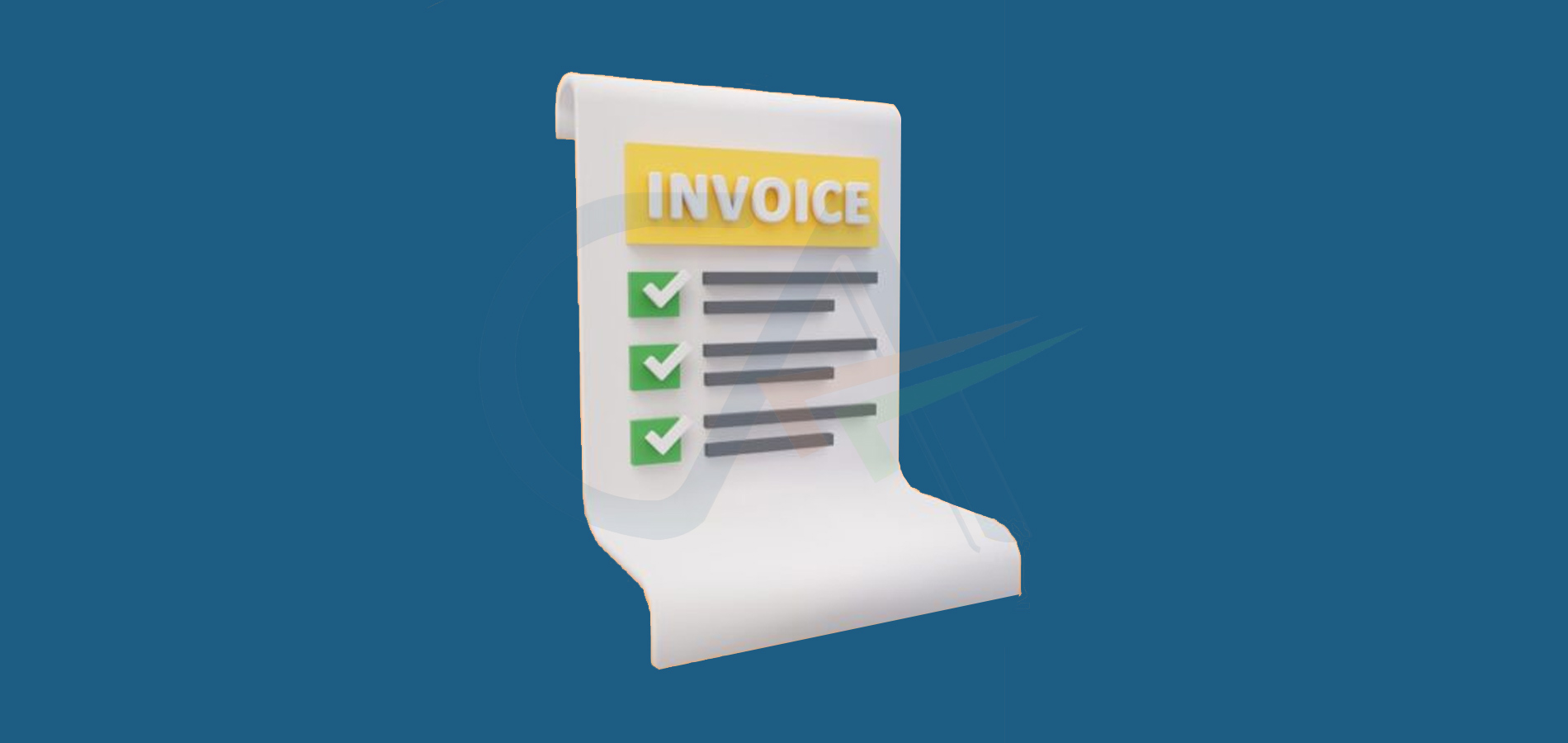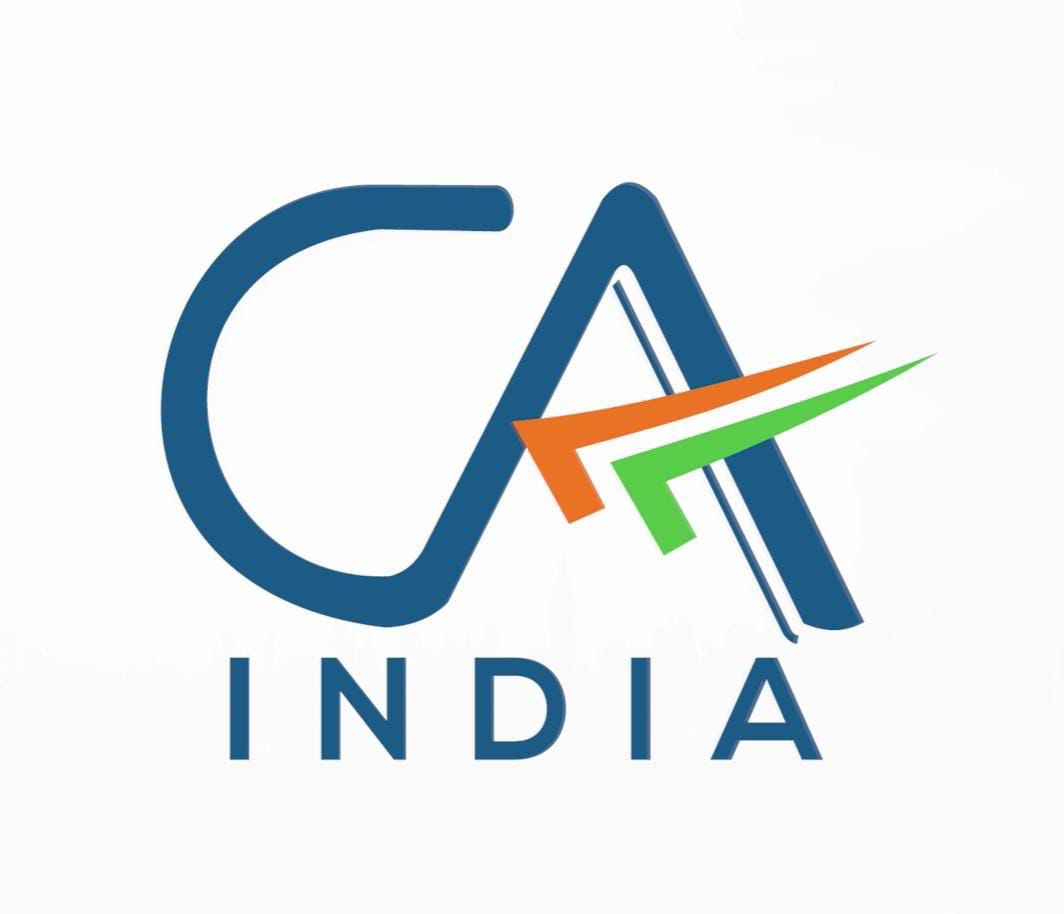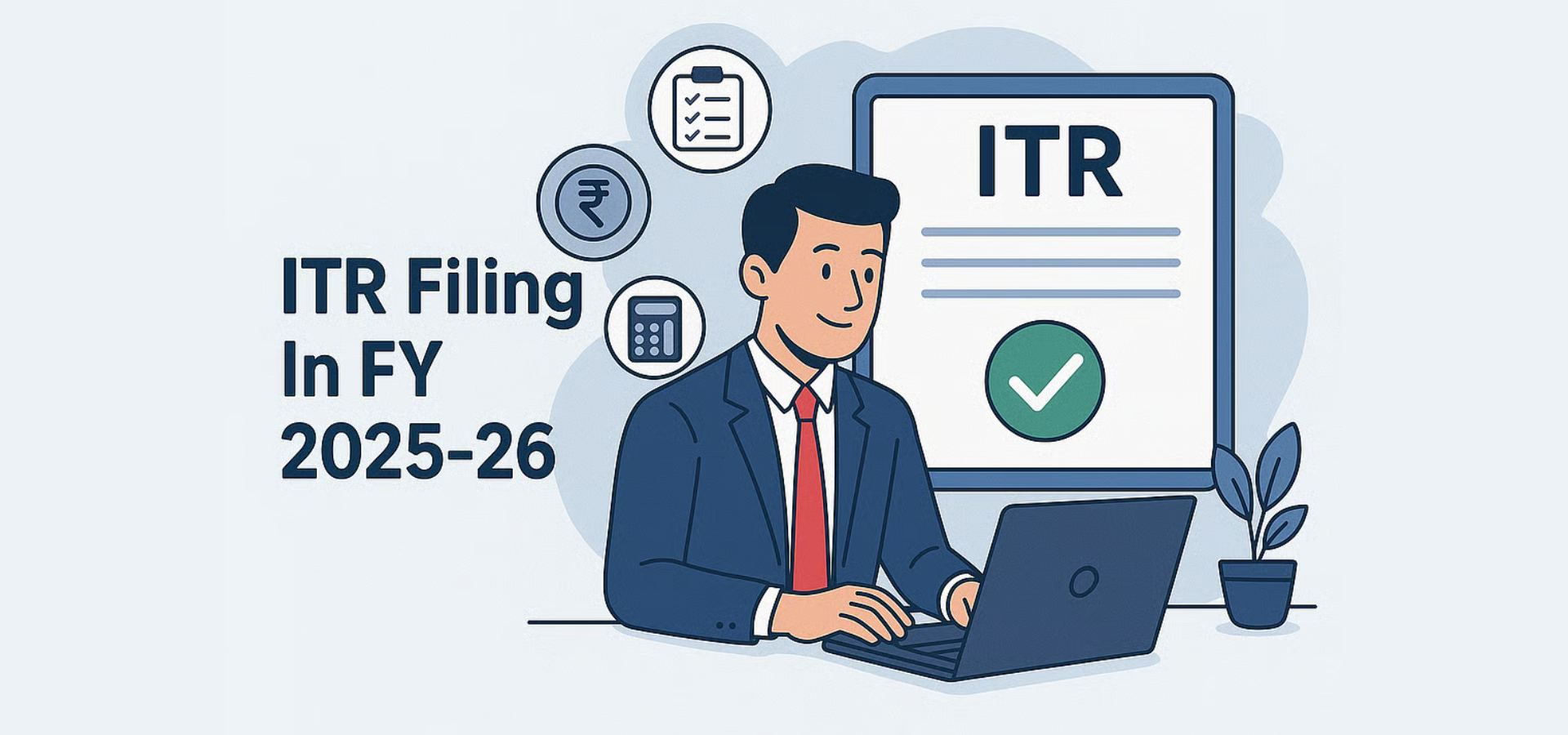
GST Invoice Checklist: Must-Haves to Stay Compliant in 2025
As the Goods and Services Tax (GST) regime matures, compliance is no longer optional—it’s critical. Inaccurate invoices can lead to blocked Input Tax Credit (ITC), delayed payments, or even penalties. Whether you’re a small business or an enterprise, a GST-compliant invoice ensures legal clarity, smooth audits, and faster processing.
Here’s a 2025-ready GST Invoice Checklist designed to help you stay compliant, tax-efficient, and audit-ready.
What is a GST Invoice?
A GST invoice is a document issued by a registered seller to the buyer, containing details of goods/services sold, tax charged, and payment terms. It enables the buyer to claim input tax credit and establishes a valid transaction under GST laws.
2025 GST Invoice Compliance Checklist (Interactive Format)
| ✅ Field | 📌 Details & 2025 Updates |
| Invoice Number | Unique, serial and ≤16 characters. Must be case-insensitive from June 2025. |
| Date of Invoice | Cannot be post-dated. Must reflect actual transaction date. |
| Supplier Info | Name, address, GSTIN, and state code. |
| Recipient Info | Name, address, GSTIN (for B2B). For B2C, address is optional. |
| Place of Supply | Mandatory for inter-state sales; affects tax type (IGST vs CGST+SGST). |
| HSN/SAC Code | 6-digit HSN/SAC code mandatory for all businesses (updated in 2025). |
| Item Details | Clear description, unit, quantity, unit price, and value. |
| Tax Breakup | Show CGST, SGST/UTGST, IGST, and cess separately. |
| Reverse Charge Applicability | Must be mentioned explicitly if applicable. |
| Total Invoice Value | Including taxable amount, tax, discounts, freight, and other charges. |
| E-Invoice (IRN) | Mandatory for B2B if turnover > ₹5 crore. IRN must be auto-generated. |
| Signed QR Code | For e-invoicing: QR code must be machine-readable and printed clearly. |
| Dynamic QR (Optional) | For B2C invoices, a payment-enabled QR (e.g., UPI) is preferred. |
| Payment Terms | Optional but adds clarity: due date, mode, and interest clause. |
| Bank Details | Optional but recommended: UPI ID, Account No., IFSC. |
2025 E-Invoicing Updates You Need to Know
✅ Turnover threshold reduced to ₹5 Cr for mandatory e-invoicing.
✅ IRN must be generated within 30 days of invoice date.
✅ Non-compliance may block ITC for the buyer.
✅ QR Code must be at least 3×3 inches (290×290 pixels) and clearly scannable.
✅ Failure to print IRN/QR code can render invoice invalid for B2B transactions.
Common Mistakes to Avoid
🚫 Missing or incorrect HSN/SAC codes
🚫 Forgetting QR code on B2B e-invoices
🚫 Using old invoice templates
🚫 Incorrect GSTIN or mismatch in Place of Supply
🚫 IRN not generated or delayed beyond 30 days
🚫 GSTR-1 and GSTR-3B mismatch
Tip: Regularly reconcile your GSTR-1 with GSTR-3B and ensure that your supplier’s invoices reflect in GSTR-2B before claiming ITC.
Tips for Hassle-Free GST Invoicing
- Automate Your Invoicing
Use invoicing software integrated with GSTN & IRP to reduce manual errors. - Stay Updated
Subscribe to official GST circulars and portal updates for compliance changes. - Verify HSN Code Library
Match HSNs with GST Council’s latest directory to avoid ITC mismatch. - Use Digital Signatures
While not mandatory, digitally signed invoices ensure legal integrity and speed.
Conclusion: Stay Ahead, Stay Compliant
As GST law continues to evolve, compliance is not just about avoiding penalties—it’s about maintaining business continuity, customer trust, and smooth operations. Use this checklist to regularly audit your invoicing process, automate where possible, and stay informed about updates.
Need Help with GST Invoicing?
Let My CA India help you:
- Automate GST invoices with IRN & QR Code
- Ensure HSN/SAC accuracy
- Manage filing & reconciliation
Email: [email protected]
Call: +91-8439191570








